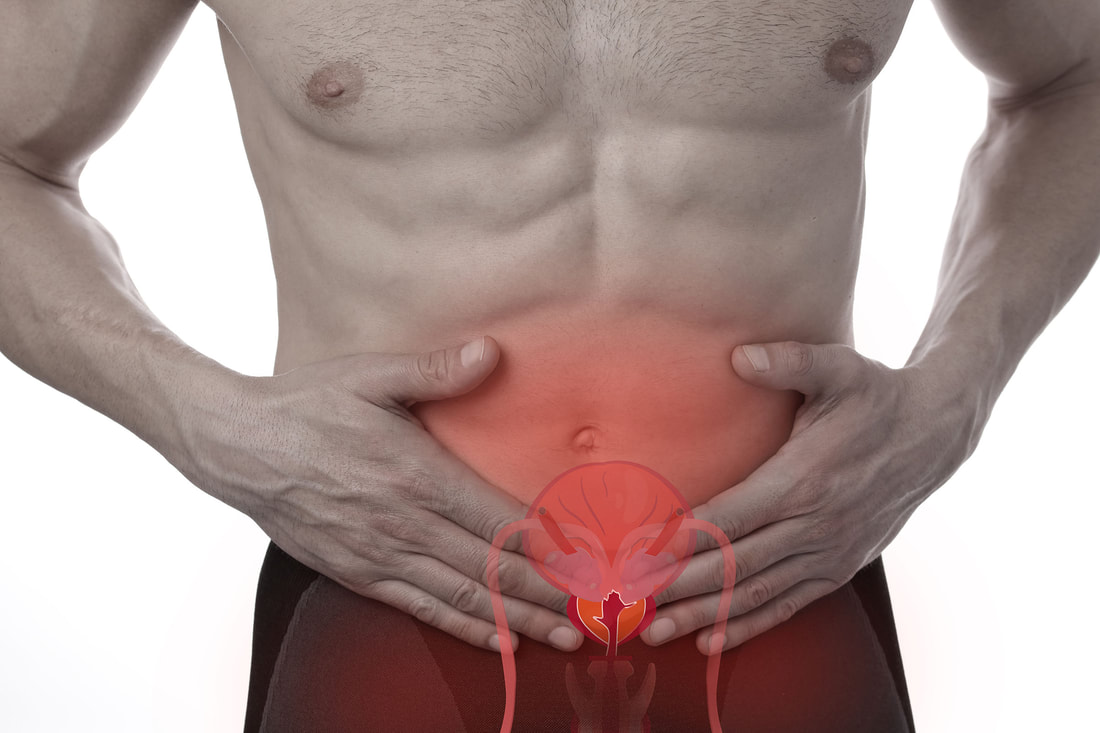Erectile Dysfunction- try physical therapy first!
How does physical therapy help?
- Restore pelvic floor function. Whether you need to learn how to relax your muscles (because tight muscles are weak muscles) or you need to strengthen, a well trained pelvic physical therapist can pinpoint your greatest need and develop an individualized plan for you.
- Cardiovascular health. Another important aspect of both post-prostatectomy rehab and ED rehab includes improving your cardio fitness. Good cardiovascular fitness helps improve your overall health and wellness, improves energy and improves blood flow which is an important component of the erection process!
- Despite using sexual aids, only 30-62% of men remain sexually active or satisfied with their sexual functioning 1-5 years after radical prostatectomy​
For anyone suffering from erectile dysfunction, whether after a prostatectomy or not, the research supports trying physical therapy first.  A couple of benefits of physical therapy:
- Fewer negative side effects than medication or surgery
- PT focuses on self directed improvements that you can maintain on your own, long term
- Minimally invasive- you are in charge of how in depth the examination and treatment are. There are some great external biofeedback techniques that mean we can visualize your pelvic floor function without having to get undressed!
Physical Therapy aids in erectile function by restoring function to the voluntary muscles of the pelvic floor. During normal arousal these muscles act automatically to close off the veins of the penis so that blood that has flowed in cannot escape (this is how the penis becomes rigid during erection). In typical erections these muscles act without you having to think about it, but they can also be trained purposely to perform these functions better. Another important aspect of both post-prostatectomy rehab and ED rehab includes improving your cardio fitness. Good cardiovascular fitness helps improve your overall health and wellness, improves energy and improves blood flow which is an important component of the erection process!
- Erectile Disorder | Psychology TodayÂ
- Prostate Cancer foundation patient guide
- Prota et al. (2012) Early postoperative pelvic-floor biofeedback improves erectile function in men undergoing radical prostatectomy: a prospective, randomized, controlled trial. Int J. Impot. Res. 24, 174-178
- Sommer, F., Raible, A., Bondarenko, B., et al. A conservative treatment option of curing venous leakage in impotent men. Eur. Urol. 1 (Suppl. 1), 153
- Matthew, A. et al, 2018- The Prostate Cancer Rehab Clinic: a biopsychosocial clinic for sexual dysfunction after radical prostatectomy


